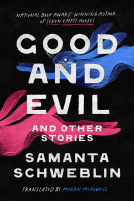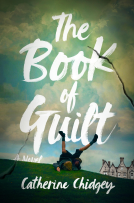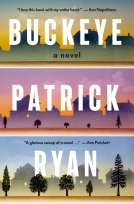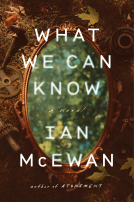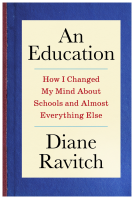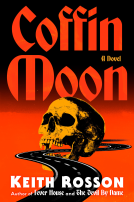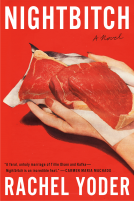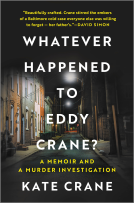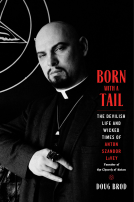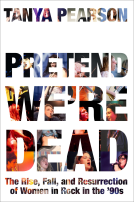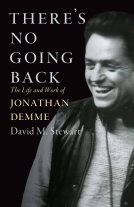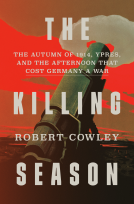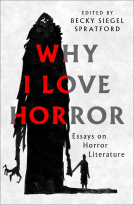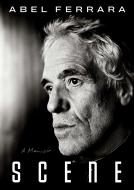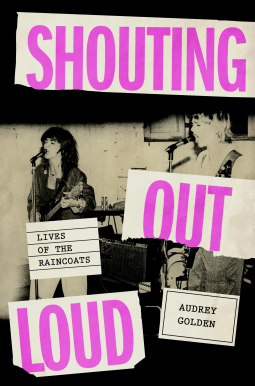
Shouting Out Loud
Lives of the Raincoats
by Audrey Golden
This title was previously available on NetGalley and is now archived.
Send NetGalley books directly to your Kindle or Kindle app
1
To read on a Kindle or Kindle app, please add kindle@netgalley.com as an approved email address to receive files in your Amazon account. Click here for step-by-step instructions.
2
Also find your Kindle email address within your Amazon account, and enter it here.
Pub Date Jul 15 2025 | Archive Date Aug 31 2025
Grand Central Publishing | Da Capo
Description
The Raincoats were formed in London in 1977 as an experimental punk band synonymous with their indie label, Rough Trade. They went on to create what Vivien Goldman called “a new legacy of punk” and arguably became the most pioneering female band of the post-punk era while inspiring a new wave of DIY and queercore artists. Introduced by Kurt Cobain to a new generation in the 1990s, The Raincoats were invited to tour with Nirvana, and were known as the “godmothers of grunge” and "godmothers of Riot Grrrl" before eventually becoming label mates with Sonic Youth, Nirvana, Hole, Bikini Kill, and Elastica. In the 21st-century, The Raincoats singularly inspired Bikini Kill to reform after a 20-year hiatus.
Featuring exclusive interviews and brand new photos from the Raincoats' archives, as well as reproduced ephemera, Shouting Out Loud is the first ever biography of this groundbreaking band and shows how this pioneering group of women paved the way for those that followed in their footsteps. Additionally, the book features original interviews with members of Sonic Youth, Hole, Bikini Kill, Sleater-Kinney, Big Joanie, Liz Phair, and many more.
Meticulously researched and sweeping in scope, Shouting Out Loud is the must-have account of a band that became the linchpin of feminist music in the 20th century.
Available Editions
| EDITION | Other Format |
| ISBN | 9780306835902 |
| PRICE | $32.50 (USD) |
| PAGES | 400 |
Available on NetGalley
Average rating from 5 members
Readers who liked this book also liked:
Publishers Lunch
General Fiction (Adult), Nonfiction (Adult), Teens & YA
Patrick Ryan
General Fiction (Adult), Historical Fiction, Literary Fiction

